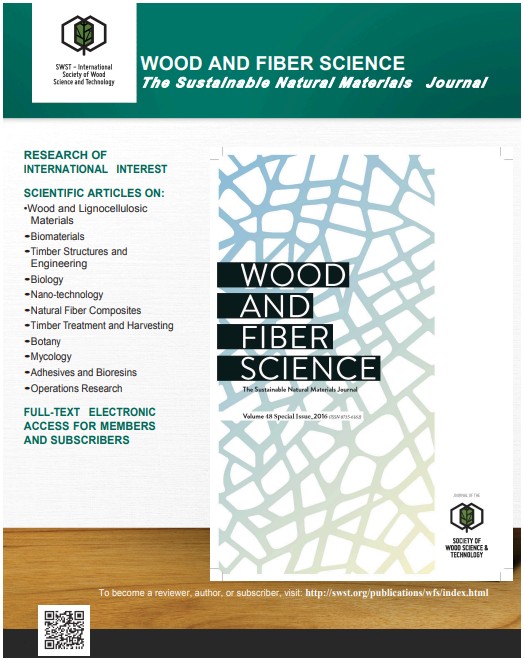
January 5, 2026

On Wednesday, 22 May 2024, the Servite Monastery in Koper hosted a presentation on the progress of the renovation of the largest historical building in Koper due to the great interest of the public. It is also the only monument of national importance in the historic city centre. Prof. Dr Rok Strašek, Vice-Rector of the University of Primorska, first addressed the audience on behalf of the UP Rector, who just a few blocks away signed a letter of intent with the Prime Minister of the Republic of Slovenia, Dr Robert Golob, on the development of medical studies at the UP. This symbolic confluence of events marked and complemented an important milestone in the development of the University, whose mission is to contribute to the world’s wealth of knowledge through constructive cooperation and at the same time to draw ideas and solutions from this wealth of knowledge for the development of the local environment in which it operates.
Over 160 visitors listened with interest to the experts from various fields, who presented the renovation project from all angles. For example, architect Eva Prelovšek Niemelä from the InnoRenew CoE gave a detailed presentation of all phases of the renovation, which will begin in 2021, and the facilities that will be created in the renovated building.
Together with their discussion partners, the participants travelled back in time – they were led from the future to the past by Jaka Bizjak, an archaeologist and the archaeological curator in charge of the Institute for the Protection of Cultural Heritage of Slovenia (ZVKDS) in the Piran regional unit, and learned what had been found during the archaeological excavations. Interesting finds show that the site was the location of a magnificent Roman villa by the sea – Villa Maritima – from the 1st century AD, as evidenced by the walls of the building and the mosaic paving typical of the period. He listed some of the most interesting finds from different eras: Wall plaster with frescoes, a tegula with a maker’s stamp, an antefix, potsherds (all 1st century), a Byzantine belt buckle (2nd half of the 7th century), remains (12th-14th century), fragments of pottery and bottles (15th-18th century), incense burners and parts of a plate (19th and 20th century).
Dr Mojca Marjana Kovač, the responsible conservator of the ZVKDS, spoke about the art-historical assessment of the monastery building and the conservation guidelines that can be established on the basis of the protected values of the monument based on its social significance. The guidelines for the conservation of the protected values include the necessary measures to prevent the deterioration of the monument, guidelines for use, maintenance and regular restoration, minimal interventions to protect the monument and minor interventions.
Eva Prelovšek Niemelä, MSc, together with her colleagues Dr Jako Pečnik, Dr Črtomir Tavzes and Tim Mavrič, took the visitors into the (in)visible world of the microscope, starting with a presentation of the equipment needed for this type of research. They presented devices for determining the mechanical properties and moisture content of materials (focussing on wood), scanning rooms in 3D and using a thermographic camera. The results of the fungus (mould) sampling carried out in the monastery building were also presented. The investigation of the Servite monastery did not reveal, fortunately for the investor, any pathogenic fungi or excessive presence of wood-destroying fungi.
In the last part of the event, Dr Neža Čebron Lipovec from the Faculty of Humanities of the University of Primorska presented ethnological and anthropological research on the significance and semi-past history of the monastery as a hospital and maternity hospital and invited the attendees to a discussion and exchange of opinions on the significance of this valuable monument. In the minds of the local population (from Umag to the Karst), this building has become a lasting memory as a maternity hospital, a common birthplace. Those present received commemorative postcards and were invited to sign the commemorative book – physically at the event itself and in the newly created e-book. The University of Primorska is looking forward to new entries and the exchange of memories in pictures and words. The electronic book of remembrance is available at the following link.
The moderator of the event Mirella Baruca invited the attendees to taste a special drink – lemonade with lavender syrup – and a pastry – Bussolai biscuits, once baked by local women on the feast of St Nazarius, with the wish to continue supporting the efforts of the University of Primorska for the effective development of our Koper and beyond; and, according to a recipe from the semi-past, the Koper biscuits that have been produced for decades in the Dehar pastry shop in Koper.
After the tour, the guests expressed their interest in the work carried out so far and their wish that the building be renovated as soon as possible and established as one of the most important events in the city centre.
An overview of the architectural and historical development of the monument (prepared by Dr Mojca MarjAna Kovač):
Author: Mirella Baruca